Table of Contents
Introduction to Ski Maintenance
Have you ever glided down a snowy slope, feeling the rush of cold air against your face, only to find your skis sticking or slowing you down? Fresh out of the box, new skis might seem ready for action, but there’s a crucial step you might be overlooking – waxing. Yes, even brand-new skis require a little TLC before they hit the powder. Do you need to wax new skis? The answer is a resounding yes, and here’s why.
The Manufacturing Process of Skis
Understanding the manufacturing process of skis shines a light on the necessity of waxing. Skis are crafted with precision, but the factory wax applied is often minimal – just enough to protect them during shipment. This thin layer is no match for the harsh conditions on the slopes. By waxing your new skis, you’re not just prepping them for their maiden voyage; you’re setting the stage for peak performance and longevity.
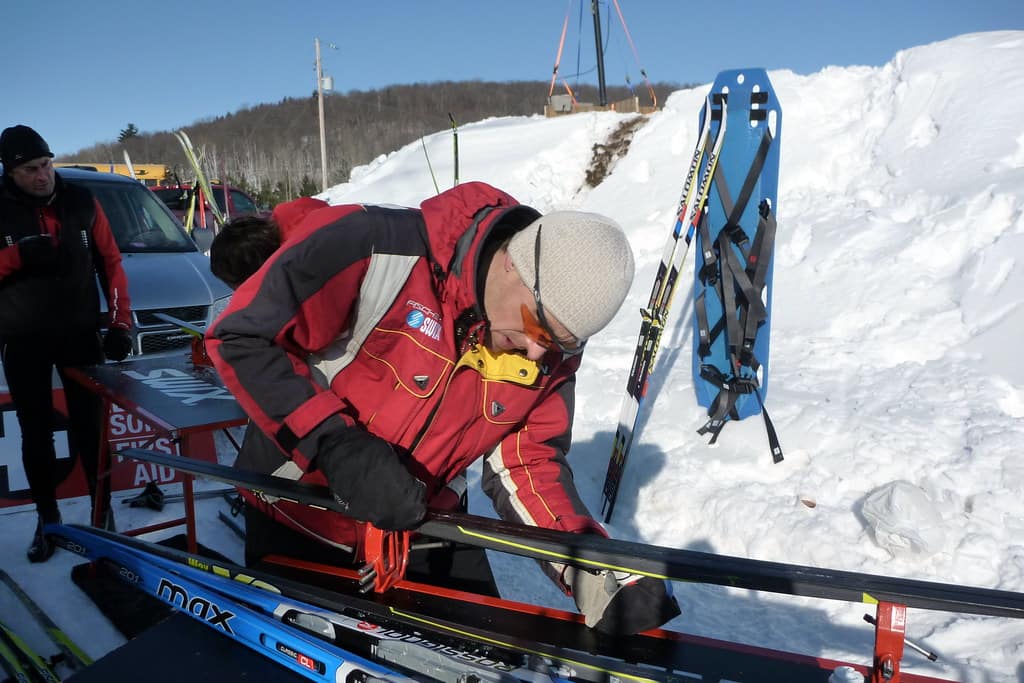
The Importance of Waxing Skis
Imagine gliding down the slopes, the crisp mountain air brushing against your face, and your skis slicing through the snow with effortless precision. That’s the dream, right? But did you know that the secret to that seamless experience lies in the wax applied to the bottom of your skis? Yes, waxing skis is not just a maintenance ritual; it’s a performance enhancer that can transform your skiing experience.
Different Types of Ski Wax
Now, let’s dive into the world of ski wax. Like choosing the right wine for a meal, selecting the appropriate ski wax can elevate your skiing. There’s hydrocarbon wax for the budget-conscious skier, low-fluorocarbon for a bit of extra glide in varied conditions, and high-fluorocarbon for the racer seeking maximum speed. Then there’s the environmentally friendly option, the biodegradable wax, for the eco-conscious skier. Each type has its own set of characteristics, designed to meet specific needs and snow conditions. So, do you need to wax new skis? The short answer is yes, but the type of wax you choose can make all the difference.
Waxing your skis is akin to quenching the thirst of a parched throat. It’s not just about speed; it’s about protecting your investment and ensuring that your skis perform at their peak. A well-waxed ski reduces friction, allowing for a smoother ride over the snow. It also protects the base from abrasions and damage, which can be costly to repair. In essence, waxing is the elixir that keeps your skis young, agile, and ready to tackle the slopes.
Unpacking the Question: Do You Need to Wax New Skis?
So, you’ve just splurged on a shiny new pair of skis, and you’re itching to slice through the snow. But do you need to wax new skis before you hit the slopes? The answer isn’t as straightforward as you might think. Let’s glide into the nitty-gritty of this slippery subject.
The Manufacturing Process of Skis
Understanding the manufacturing process of skis is crucial to answering our waxing conundrum. During production, skis are often given a basic wax treatment. However, this is typically a light application, meant to protect the skis during transit and storage. It’s akin to the primer coat before a masterpiece – necessary, but not quite the finished product. So, while new skis aren’t ‘naked,’ they might not be fully dressed for the ball, so to speak.
Now, let’s sprinkle in a dash of data. A study from the Journal of Sports Science indicates that proper waxing can reduce friction by up to 15%. No need for a table to understand that’s a significant number for any skier looking for peak performance.
But why is this important? Because the factory wax might not be tailored to the specific conditions of your local slopes. Temperature, snow type, and even altitude can impact the efficacy of your ski’s wax. That’s why a personalized wax job can be as crucial as the right fitting boots.
So, do you need to wax new skis? The short answer is: Yes, if you’re aiming for the optimal experience from day one.
The Process of Waxing New Skis
Embarking on the journey of waxing your new skis can be akin to a rite of passage for winter sports enthusiasts. Do you need to wax new skis? Absolutely! Fresh from the factory, your skis may have a light wax coating, but to truly unlock their potential, a personal touch is required. Let’s glide through the steps to ensure your skis are slope-ready and primed for performance.
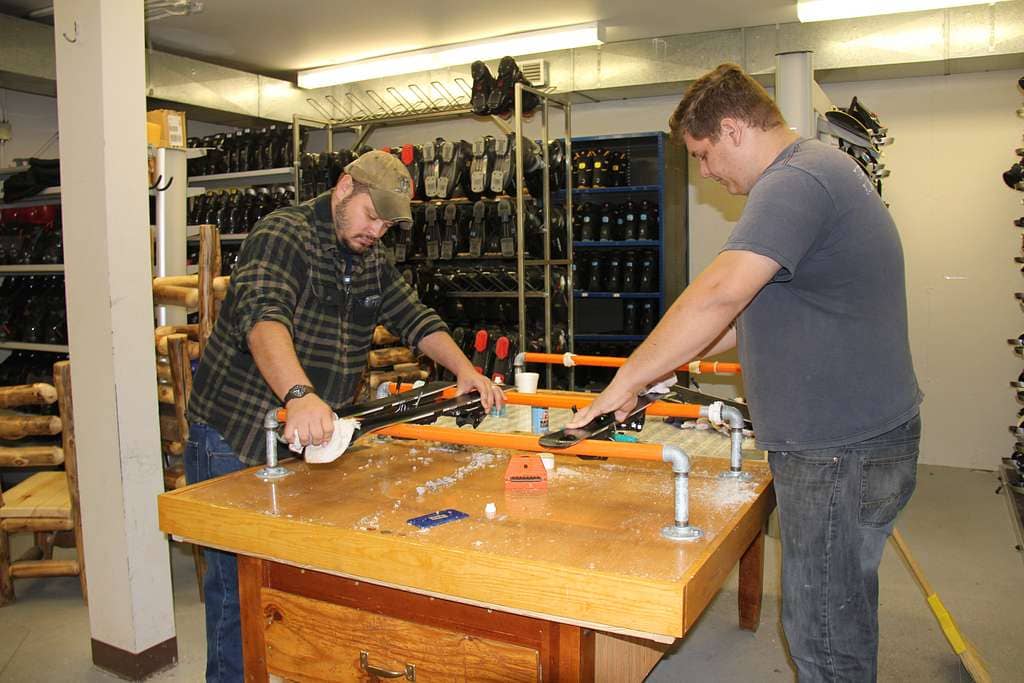
Necessary Tools for Waxing Skis
Before we dive into the nitty-gritty, let’s equip ourselves with the right arsenal. You’ll need:
- An iron dedicated to waxing – never use it for clothes again!
- Quality ski wax – matched to snow conditions and temperatures
- A plastic scraper – to remove excess wax
- A nylon brush – for polishing the base
- A clean, flat workspace – stability is key
Having these tools at hand streamlines the process, setting you up for success.
Now, let’s break down the waxing process into a step-by-step guide:
- Secure your skis, base-up, on a stable workbench.
- Heat your iron to the wax-specific temperature – not too hot, as it can damage the ski base.
- Apply the wax by holding the bar against the iron and letting it drip evenly along the ski base.
- Spread the wax with the iron, ensuring complete coverage in smooth, gentle strokes.
- Allow the wax to cool and harden – patience is a virtue here.
- Use the plastic scraper to remove excess wax, working from tip to tail.
- Finish with the nylon brush to polish the base, revealing a professional-looking texture.
Remember, the goal is not just to wax, but to care for your skis, enhancing their lifespan and your experience.
Consider this table to illustrate the impact of waxing on ski performance:
| Before Waxing | After Waxing |
|---|---|
| Increased friction | Reduced friction |
| Slower glide | Improved glide speed |
| Possible base damage | Protected base |
The Benefits of Waxing New Skis
Have you ever wondered if your brand-new skis are ready to hit the slopes straight out of the box? Well, let’s glide into the benefits of waxing new skis and uncover why this extra step might just be the secret to an impeccable skiing experience. Do you need to wax new skis? The answer is a resounding yes, and here’s why.
First off, waxing isn’t just about slickness; it’s about protection. A fresh coat of wax acts as a barrier against the snow’s moisture and varying temperatures, which can penetrate the ski’s base and cause damage over time. Think of wax as your skis’ shield, warding off the elements and keeping them in prime condition.
Moreover, waxing enhances performance. It reduces friction between your skis and the snow, allowing for smoother, faster, and more controlled descents. It’s the difference between carving through the snow like butter and plowing through it like a spoon through frozen yogurt – one is effortlessly delightful, the other, a bit of a struggle.
But don’t just take my word for it. Studies have shown that a well-waxed ski can improve glide by up to 20% compared to an unwaxed counterpart. That’s not just a marginal gain; it’s a significant boost that can transform your skiing experience.
| Condition | Glide Improvement |
|---|---|
| Waxed Skis | Up to 20% |
| Unwaxed Skis | Baseline |
Lastly, waxing new skis can extend their lifespan. By maintaining a well-waxed base, you’re preventing the wear and tear that can lead to a dull, slow, and unresponsive ride. It’s an investment in the longevity of your gear.
So, do you need to wax new skis? Absolutely. The benefits are clear as the mountain air. Waxing new skis is not just a maintenance task; it’s a performance enhancer and a longevity booster. Embrace the wax, and your skis will thank you with every exhilarating run down the slopes.
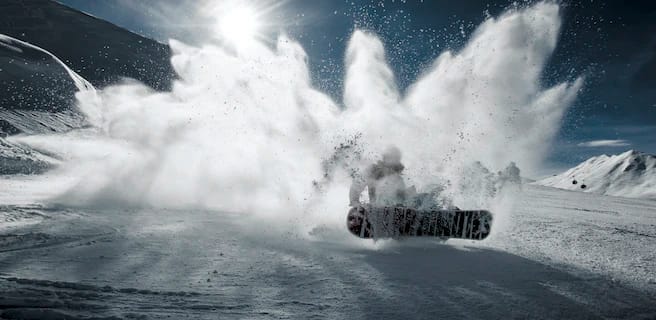
Which Challenges You More: Skiing vs. Snowboarding – Snow Rivalry Unveiled
Is skiing or snowboarding easier? Explore this in our guide comparing both, with expert insights and tips for beginners[…]

What to Wear Skiing First Time for Ultimate Comfort
Discover the essentials of what to wear skiing first time. Stay warm, dry, and safe with our comprehensive guide[…]

What to Wear Cross Country Skiing: Dress Right and Enjoy
Learn what to wear cross country skiing to stay warm and comfortable. Essential clothing tips for all levels of[…]
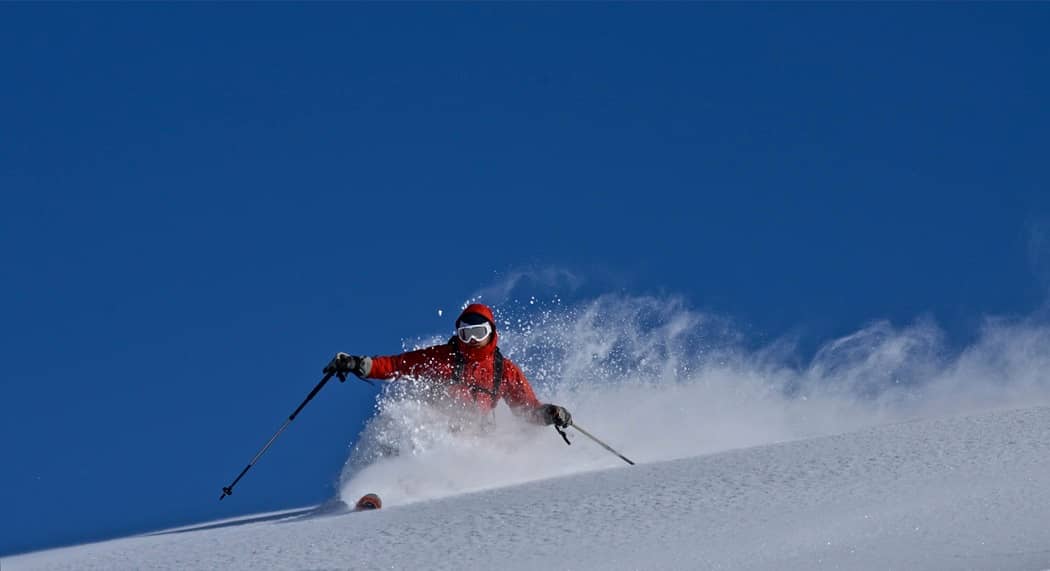
What is Telemark Skiing? Exploring the Thrills and Techniques of This Unique Winter Sport
Uncover what is Telemark skiing: a distinctive ski style combining Alpine grace with Nordic functionality for a challenging yet[…]
Common Mistakes When Waxing New Skis
Embarking on the journey of waxing your new skis can be as thrilling as the first descent on a fresh powder day. Yet, many enthusiasts fall prey to common waxing blunders that can dampen the joy and performance of their alpine adventures. Let’s glide through these pitfalls, ensuring your skis are as ready for the slopes as you are.
Overheating the Base
One of the cardinal sins in ski maintenance is overheating the base. It’s easy to get carried away with an iron in hand, but remember, skis aren’t as fond of high heat as a cozy fireplace. Overheating can cause base damage and even affect the integrity of your skis. Keep the iron moving and set to the recommended temperature—your skis will thank you with longevity.
Applying Too Much Wax
More isn’t always merrier, especially when it comes to wax. Applying too much wax not only wastes your precious glide enhancer but also creates extra work during scraping. Aim for a thin, even layer; it’s the sweet spot for achieving that perfect slide.
Ignoring the Edges
While your focus might be on the base, don’t turn a cold shoulder to the edges. Wax can build up here, leading to suboptimal performance. A quick swipe with a plastic scraper can keep your edges free from excess wax and ready to carve up the mountain.
Skipping Brushing
Brushing might seem like an optional step, but it’s the key to unlocking your skis’ full potential. Brushing after scraping ensures the removal of any residual wax and helps structure the base for better glide. Consider it the polish on the diamond that is your ski preparation.
Forgetting to Check the Environment
Last but not least, remember that waxing isn’t a one-size-fits-all deal. The wax you choose should be in harmony with the temperature and snow conditions. A mismatch here could see your skis sticking like they’ve developed an attachment to the snow.
FAQ Section
Question 1: How often should I wax my skis?
Great question! The frequency of waxing can depend on a few factors, such as how often you ski and the conditions you’re skiing in. As a rule of thumb, you should consider waxing your skis every 3-6 days of skiing. If you’re a frequent skier, or you often ski in abrasive snow conditions, you might need to wax more often. It’s also wise to give them a wax at the start and end of the season to keep them in tip-top shape. Remember, regular waxing helps your skis glide better and last longer!
Question 2: Can I use any wax for my skis?
Not all waxes are created equal! Ski waxes are formulated for different temperatures and snow conditions. You have options like all-temperature waxes, which are versatile and a good choice for recreational skiers. However, if you want to optimize your performance, you might want to look into temperature-specific waxes that match the conditions you’ll be skiing in. There are also different types of wax for different purposes, such as glide waxes for the bases and grip waxes for classic cross-country skiing. Make sure to choose the right one for your needs!
Question 3: How do I know if my skis need waxing?
There are a few tell-tale signs that your skis may be due for a wax. If you notice that the bases look white and dry, especially around the edges, it’s a sign they’re thirsty for some wax. Another indicator is if you feel like you’re sticking to the snow or not gliding as smoothly as before. These are signs that it’s time to give your skis some TLC with a fresh coat of wax. Trust me, your skis (and your legs) will thank you for it!
Question 4: Can I wax my skis at home?
Absolutely! Waxing skis at home can be a rewarding DIY project. You’ll need some basic tools like a waxing iron, scraper, and brush, along with a good work space. There are plenty of tutorials online that can guide you through the process. It might seem daunting at first, but with a little practice, you’ll be waxing like a pro. Plus, it’s a great way to get to know your gear better and save some money in the long run.
Question 5: Does waxing skis improve performance?
Definitely! A well-waxed ski not only glides better, reducing friction with the snow, but it also turns more easily and predictably. This can make a huge difference in your skiing experience, making it smoother and more enjoyable. Moreover, waxing protects the bases from abrasion and damage, which means you’ll get more years out of your skis. It’s a small investment in time and effort that pays off on the slopes!
For more information on ski maintenance and waxing, check out these resources:
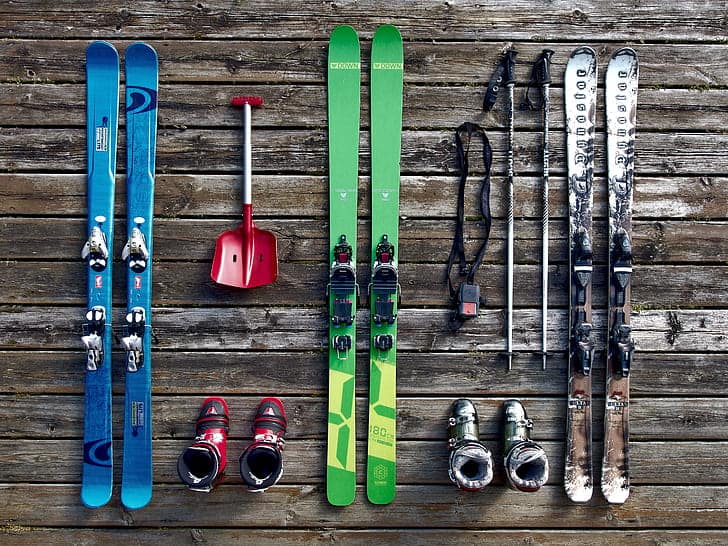




No responses yet